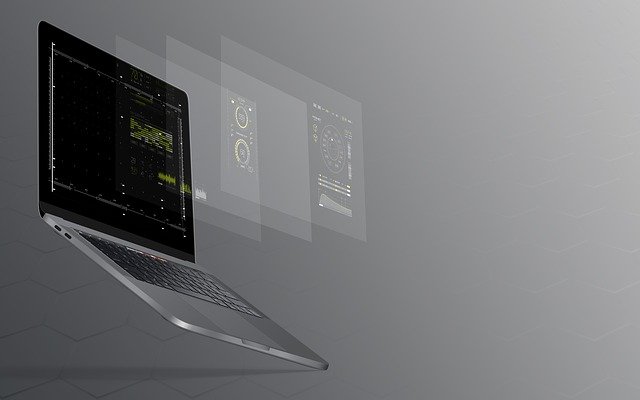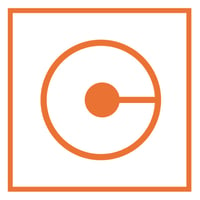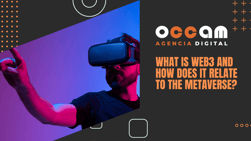Index Content
Web3 refers to a set of technologies that promise to deliver the best version of the World Wide Web by making major changes to the way we connect and communicate on the web by creating a decentralised Internet that is accessible to all, while respecting their privacy and anonymity.
what websites existed before Web3?
- First of all, the original version was Web 1.0. It was very simple and social networks and search engines were non-existent. Also, Internet connections were available to very few and getting a good design, hosting and running a website was quite complicated.
- After Web 1.0 came Web 2.0. This new web completely changed the situation with the distinguishing feature of collaborative user participation. Improved online connections, in Internet access and also between users, facilitated its explosion and allowed a huge amount of content to reach large audiences. Much of this content was centralised on specific platforms, from Facebook to Google to YouTube and hundreds more.
- Finally, the era of Web3 has arrived. Web3 aims to solve the problems inherent in both Web 1.0 and 2.0 by creating a decentralised Internet network that is easily accessible to all, respecting their privacy and anonymity, concepts to which users increasingly attach greater importance and which are becoming increasingly sought after alternatives to the large Internet services.

what characteristics allow us to identify Web3?
- intelligent searches: Web3 seeks to create a new system for classifying web pages closely linked to the needs and characteristics of users, so that when they connect to the Internet, users can enjoy a much more personalised platform.
- the evolution of social networks: Social communities on the web are growing, both in number and in level of complexity. The ways of connecting to these networks are also increasing.
- faster: The new functionalities of Web3 require a much faster Internet. In response to this, the main telecommunications operators have implemented broadband connections to ensure a more satisfactory user experience.
- Free content: Free software and 'Creative Commons' licences are much more common on Web3.
- three-dimensional spaces: Users can access new ways of visualising the web, with three-dimensional spaces. A clear example of this is Google Earth.
- Geospatial Web: Users can access information available on the web based on their geographic location.
- ease of navigation: New design trends seek to establish certain standardisations that make the user's browsing experience easier, as well as the creation of spaces that can be modified and personalised by users.
- data linking: More and more information services are able to add data from other sources in order to unify the answers they offer to users.

how does Web3 work?
Much of the vision of Web3 is based on blockchain technology, i.e. a blockchain that is basically a decentralised network built on peer-to-peer connections. Each device on the network handles a small portion of the computing and communication that occurs on the network, creating an online network without the need for servers and thus without the control of large platforms and/or governments. One of the most ambitious projects of Web3 is the metaverse.
what is the metaverse?
The metaverse is a parallel universe where human, augmented and virtual reality merge. It is composed of multiple three-dimensional virtual spaces and can refer not only to virtual worlds, but to multidimensional experiences of use and application of the internet as a whole. Its name comes from meta, which means beyond, and universe, which is the set of elements that make up reality. Also, the term first appeared in a science fiction novel written by the American author Neal Stephenson, published in 1992: Snow Crash.
It is important to keep in mind the three key aspects of the metaverse: presence, interoperability and standardisation: presence is the feeling of actually being in a virtual space; interoperability means being able to travel seamlessly between virtual spaces with the same virtual assets, such as avatars and digital elements; and standardisation, which is the feature that enables the interoperability of platforms and services across the metaverse.
Thanks to Web3 and the new Internet we will get a more personal and tailored browsing experience, a smarter and more human search assistant, and other decentralised benefits that are expected to help establish a much more equitable web.





